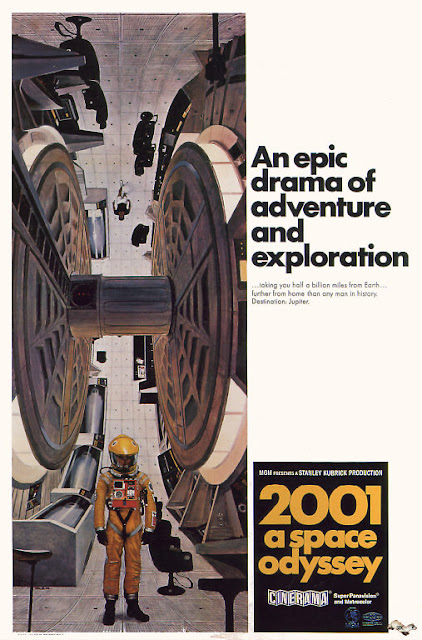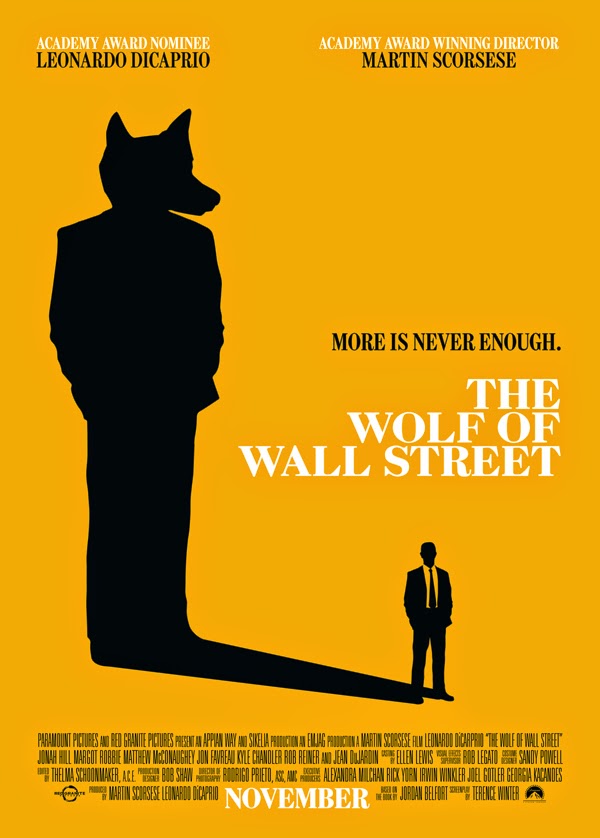Blow-Up (1966) Directed by Michelangelo Antonioni
 Astrid:
Astrid:For someone who's lived for so many years with someone who mentions Blow-up at least once a year and for someone who's watched so many 1970s New Hollywood films, it was high time to see the inspiration and instigator itself. I like long sentences, sorry.
I must say this was a lot more like reading Vogue than I expected. I could admire the swinging London of 1966, the promiscuous, beautiful girls – or should I say the liberated models. The latest fashion was there, and the beginnings of an exploitative youth culture. Everything is for sale, but we all know it and the transparency creates cynicism.
Blow-Up is about the man with the camera. It just so happens that today I watched an interview with David Bailey. Bailey said: 'you don't take pictures, you make them'. To some extent Blow-Up makes this claim too. The central (yet, somehow a bit boring) part about the film was that Thomas (David Hemmings) discovers he has accidentally captured a murder in his pictures.
I like the idea that while the photographer thinks he is being objective and in control, he is actually visualizing something outside of his consciousness. Why it has to be murder, I don't know.
The reason why Antonioni's film had such an impact on the young American directors of the 1970s must be that Blow-Up describes the world as it is at the time of the film's making. It refers to now. It indulges in moments, is not led by strict narrative, is daring and therefore breaks the mold. There are no conclusions. Importantly, its protagonist is a photographer, someone who watches and sees, and who thinks he is therefore in control. Seeing Blow-Up was like finishing my oatmeal in the world of movies. Now I can move onto lunch.
Nick :
The first time I watched Blow-Up many moons ago it was a massive disappointment. I'm not sure what I expected, but this? Every viewing since has left me with the feeling that not only was this groundbreaking cinema, but Antonioni was really playing with what we don't see, what's under the surface.
Yes, it's London in the swinging 60's and everyone does look like a hipster mod. Antonioni captures the change happening within the capital, from the swanky night club hang outs to the doss houses, colorful streets and the inner city reconstruction of modern architecture that was happening in London at this time. The camera is the star. I don't just mean that in the sense that David Hemmings photographer and obsession with picture taking is in some ways the focus of the film, but the cinematography is the thing to admire here. Blow Up is simply one of the best looking films ever made.
There is no real narrative in this film but through image Antonioni builds some kind of murder mystery. It's vacuous, no more so than Hemmings central character, you never warm to him. He does wear cool jeans and boots however. Vanessa Redgrave and Sarah Miles have quite modest roles with some pretentious dialogue. There are some amazing looking women in this film and lots of naked frolicking and dope smoking. Yes, it's very 60's in that respect, but there is more underneath. I don't think Antonioni cared much for London in the swinging 60's, so detached is what's on screen. He is a voyeur.
But still, that's not the point, or maybe it is. The scene where Hemmings develops his pictures to reveal he unsuspectingly witnessed a murder is genius. But as a film that evolves with every viewing, as a comment on technique and really watching, in essence what cinema is all about, this is a masterpiece.










Comments
Post a Comment